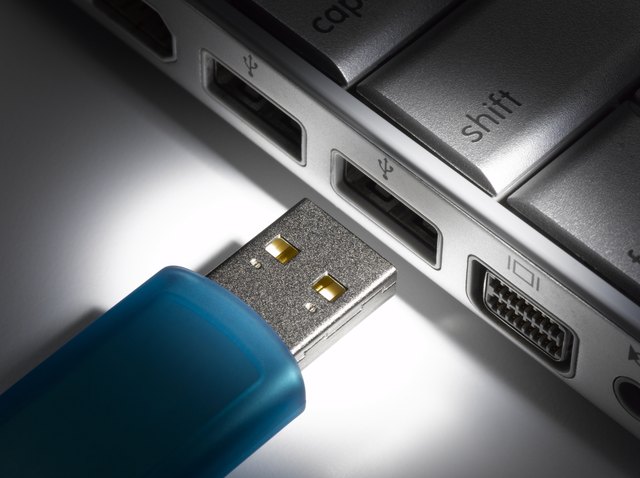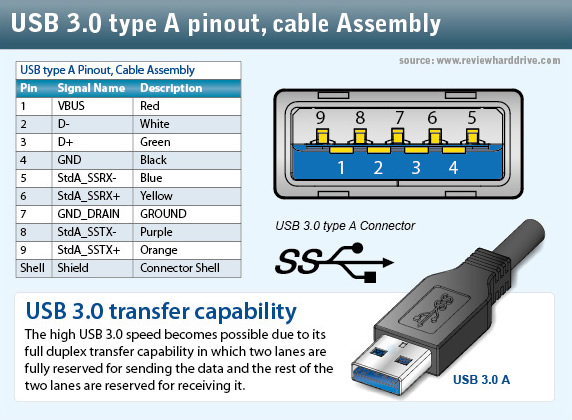
The USB-IF wanted and recommended manufacturers to designate 3.0 and above ports as blue, compared to 2.0 points, which should be black or gray. The problem with standardization is that not all companies adhere to the standard. This wasn’t at all remedied by companies who implemented USB 3.0 and 2.0 ports. With all the intergenerational names, it is no wonder that the USB 2.0 vs 3.0 difference is so hard to tell at times. Cable longevity is important and high quality cables should be considered, but not overpriced ones. However, USB 3.2 gen 2 increased the transfer rate to 20 Gbps.Įven with increased speeds, theoretically, bad connectors, ports or cables especially, have led to bad connections and a loss of speed. USB 3.2 brought the 10 Gbps transfer rate to all Type C cables, including 3.1 ones. It also brought new charging standards, up to 100W for some cables, though all Type C cables must support at least 60W charging. It was a reversible connector, meaning that you could plug it either way and it would work. USB Type C changed the game for most people. USB Type C was released and USB 3.2 was also released. USB 3.2Ģ017 was a great year for USB devices.

These flash drives are 3.0 and 3.1, respectively, but we do not know whether the top one is 3.1 gen 1 or gen 2. Instead, manufacturers had to label their products according to the transfer rate they were able to achieve, 5 or 10 Gbps. The USB Implementers Forum wanted the generations to be named SuperSpeed and SuperSpeed + but they never caught on. Just these two sub generations made a huge problem for OEMs and companies making products that support 3.1 gen 1 and gen 2. USB 3.1 gen 2 was released not long after, getting speeds up to 10 Gbps. USB 3.1 gen 1 was released in July 2013 and it took over the USB 3.0 SuperSpeed transfer rate. With the subsequent gen 1 and gen 2 released, the difference doubled with each release. The USB 3.0 vs 2.0 speed battle was won on release, with 3.0’s 5 Gbps speed, compared to 2.0’s 480 Mbps speed. The first and most noticeable improvement was the difference in speed compared to the previous generation. USB 3.0 brought many improvements to the table. USB 3.0 And its Many Confusing Generations

Note that USB 3.0 also has the SuperSpeed SS abbreviation next to the ports.


USB 2.0 is gray and USB 3.0 is blue, as it should be.


 0 kommentar(er)
0 kommentar(er)
